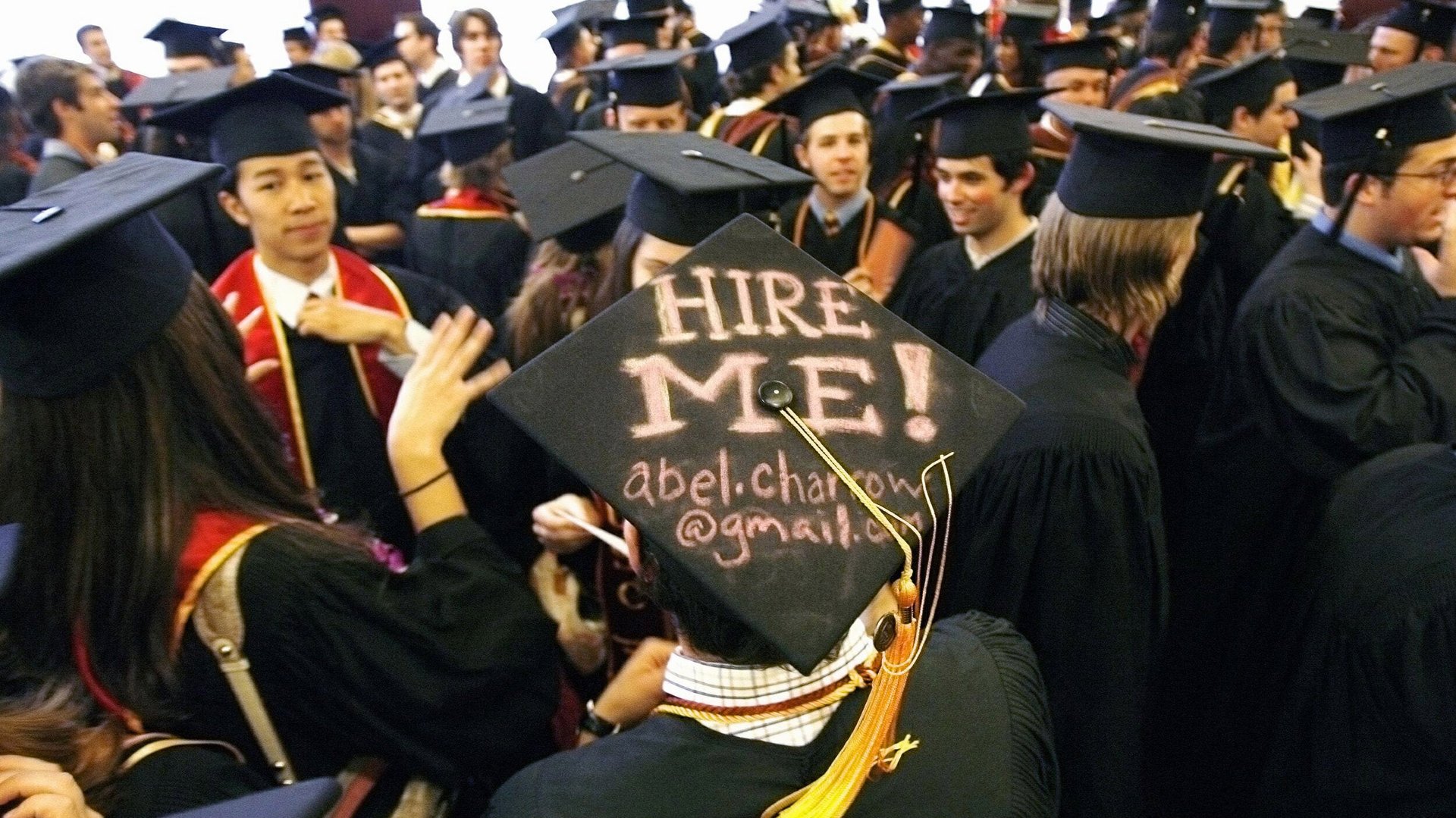How community colleges will help fill one million jobs in the US
Would you invest in a possibly life-changing opportunity if the odds of success were one in 175 million—the odds of winning the Powerball lottery? What if the odds were one in five and the ticket didn’t cost anything?


Would you invest in a possibly life-changing opportunity if the odds of success were one in 175 million—the odds of winning the Powerball lottery? What if the odds were one in five and the ticket didn’t cost anything?
Recently, president Barack Obama has been pushing an initiative to make community college free for qualifying high school graduates. This step acknowledges that the skills gap is real and that post-secondary education is a universal need.
In science, technology, engineering, and math (STEM) fields, the shortage of skilled workforce is not news. In the US, about 300,000 bachelor and associate degrees are awarded in STEM fields every year, according to a 2012 report from the president’s Council of Advisors on Science and Technology. STEM fields are attracting fewer and fewer US students and do a dismal job of retaining those who do enroll—fewer than 40% complete the degree.
In an executive report to the White House in late 2014, the same council stated that middle-skill jobs—those requiring the equivalent of a two-year degree, occupational license, or certification—in STEM could be filled by community college graduates, with supplemental digital tutoring.
Community colleges, with more than 1,655 institutions nationwide, are an untapped STEM talent pipeline, especially for underrepresented minorities. The majority of these schools, are public institutions and 62% of them have an open admissions policy.
Nationally, 50% of Hispanic and 31% of African American students enroll in a community college as their first postsecondary institution. With the rising number of nontraditional students—such as veterans, older Americans and immigrants with English as a second language—there is an urgent need for diversifying entry points to STEM competency.
It’s been argued that Massive Online Open Courses (MOOCs) and online university degree programs can fill the need at the same or comparable cost as community colleges. But in spite of high expectations, MOOCs have not proven to be the magic wand for access. Success in STEM fields requires having diverse pathways, a fail-safe environment to foster confidence, and one-on-one face time between instructor and student.
In my research on flipped classrooms, I found that student-centered activities in class, peer-to-peer interaction, and tailored instructions boosted the number of students receiving a grade of C or better from 54% to 83%, and retention from 72% to 98%.
In further research, I show the high likelihood of success is tied to the students’ perception of the support they receive from the instructor.
A recent study from the University of Pennsylvania found that students who were most likely to complete MOOCs were highly self-motivated, young, already had postsecondary degrees, and were gainfully employed.
In other words, MOOCs are not yet ready to serve the general population in need of higher education. This is especially true for many STEM disciplines that require a laboratory component for mastery of the subject.
Several states have STEM initiatives that make the community college system an important component. University of Florida’s Gator Engineering @ Santa Fe program students begin their coursework at Santa Fe College, gain admission to UF as early as after the first semester, continue coursework at Santa Fe for two more semesters, and then matriculate to UF campus to continue their engineering study in their chosen major.
In the electrical engineering course that I taught at the University of Florida, some of the best students in the class had transferred from local community colleges. They have gone on to the nation’s top research institutions to pursue graduate studies.
Only 20% of students enrolled in community college graduate. And 20% of US residents who earned science and engineering doctoral degrees and 46% who graduated with bachelor’s and master’s degrees in science and engineering earned credits at a community or two-year college, according to the National Science Foundation’s Science and Engineering Indicators.
Access for more students means a bigger pool of STEM workers and a more STEM-literate society. STEM occupations are projected to grow by 17% by 2018 when the US will have more than 1.2 million unfilled STEM jobs because there won’t be enough qualified workers to fill them. The Bureau of Labor Statistics reports that currently, STEM jobs make up more than one out of every 10 jobs in the US and have wages nearly twice the US average.
By smoothing the path to community colleges and emphasizing STEM courses as a pipeline, these jobs could be in reach for all Americans.
The odds of one in five already sounds appealing, but it can be even better.